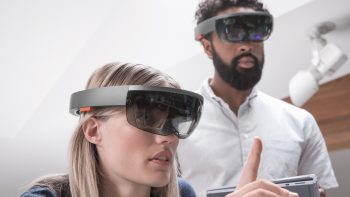Nokia and Hololight enhance XR experiences using L4S
Nokia has joined forces with Hololight to explore how the capabilities of the L4S protocol can enhance XR (extended reality) experiences.
L4S – which stands for low-latency, low-loss, scalable throughput – was developed by Nokia and has the potential to revolutionise real-time applications by simultaneously achieving high throughput and low latency in a scalable manner.
Hololight believes L4S can significantly enhance the performance of cloud-rendered XR services,...














Recent Comments